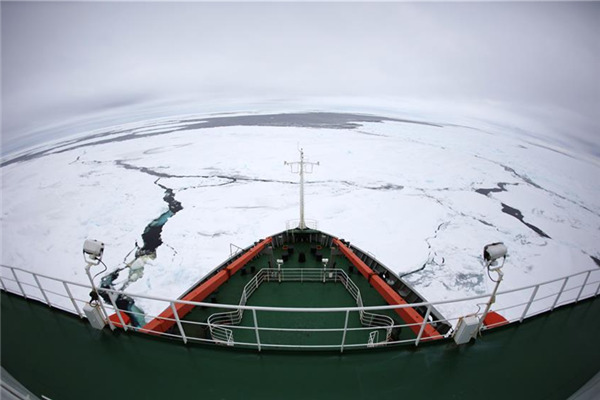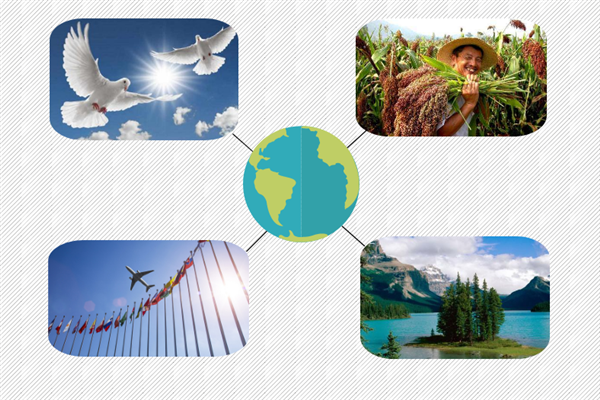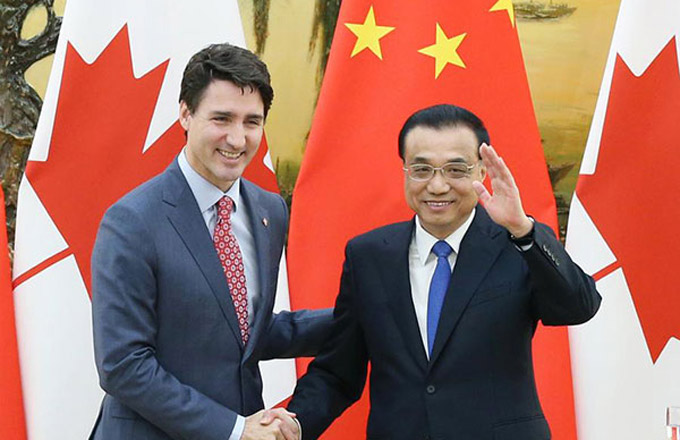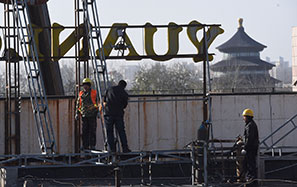The dynamics of climate change
Durban Platform will reframe the debate on global warming, but to ensure that developing nations must continue to push on equity
There is wide agreement that the implementation of the United Nations Framework Convention on Climate Change (UNFCCC), agreed in 1992, needs to be reviewed. Perspectives differ on what needs to be changed, both in terms of the nature of problems and the possible solutions.
The events at the climate change conference in Durban reflect this continuing divide, which has only been papered over. The underlying tensions will continue into the negotiations for an "agreed outcome with legal force".
Even though their emissions of greenhouse gases (GHGs) continue to increase, industrialized countries would like to see China and India take on similar commitments to reduce their emissions because of the economic price they pay for addressing the challenge. China, now the largest emitter, is "willing to shoulder its due obligations consistent with its development stage".
India, with nearly one-third of the population without access to adequate modern energy, is still a large developing country and most concerned about a continuing linkage with the convention, because it explicitly recognizes the right and the opportunity to expand energy use as necessary for economic development. The least developed countries, which want China and India to take on commitments, obviously did not accept this situation nor did many of the others.
So, what should these countries do to make their case for balancing effectiveness and fairness?
The history of UNFCCC and the Kyoto Protocol raises serious questions about how to develop GHG targets and timetables. The current debate over actions to control GHG emissions focuses on individual countries' amounts of emissions. Therefore, the focus has been on current, past and projected GHG emissions.
In this environmental framework, justification for the differential treatment, or distinguishing the responsibilities, focuses on the industrialized, or in convention language, Annex I countries, which account for about three-fourths of the total carbon dioxide emissions that have accumulated in the atmosphere since 1950, and on large future emitters such as India.
The socioeconomic differences between the developed and the developing countries have also led to considerations about emissions other than simply their absolute amounts, looking at per capita emissions as a way of giving each country an equitable share of energy use. Another alternative is to consider the carbon intensity of the economy. Either alternative would affect the economic growth of developed or developing countries by raising the cost of energy. Targets translate into costs, and the effort to find a measurement for that will be perceived as equitable as challenging.
By seeking to bring equity center-stage, China and India have signaled a major reshaping of multilateral relations, because international distribution issues have been left out of the rules created within the UN. But the shift from the environment to sustainable development will not be easy; it will require the full support of the other developing countries. It is equally important that it is conceptualized into a new framework, based on the existing agreement in the climate negotiations for "equitable access to sustainable development".
GHG emissions are closely tied to industrialization, urbanization and increase in income, which is considered synonymous with the term "developed". The stage of such development is important in explaining past as well as future emissions from the countries that have still to complete this process. The UNFCCC recognizes that the development being pursued by the developing countries depends importantly on expanded use of energy, including fossil fuels, which are the main source of carbon dioxide, the dominant GHG.
From an economic perspective, the logic for differential treatment of countries is their different stages of development. Countries that have achieved a relatively high standard of living can afford to control emissions, while those that have not should have the right and opportunity to increase energy use because it's necessary for their economic development.
In this new framework, the distinguishing feature will not be emissions of GHGs but the level of well-being. Economic development will require expanded energy use, of which fossil fuels can be the least costly. Thus imposing limits on fossil energy use now could relegate people in these countries to a lower standard of living than that in the nations that developed earlier.
The time frame adopted for defining the issue and for taking actions to address GHG emissions has differential impacts on individual countries, too, because of their individual resource endowments and stage of economic development. The differential impacts also give rise to inequities. Therefore, peaking of emissions depends on reductions in demand for energy, the stage of a country's development and on the deployment of less-carbon-intensive technology.
Energy exploitation has been incorporated into the economies of high-income countries, and it is part of their baseline for considering any controls on GHGs. For countries above a certain level of well-being, including those in Annex I, there is merit in continuing the current approach of limiting GHG emissions to a specified percentage of baseline emissions in 1990 as a monitoring tool.
We now know that a treaty by itself does not ensure implementation. What we need is a transformation of the global economy and society, which will be achieved by modifying certain longer-term trends with respect to urbanization, transportation and dietary habits, and that will take time.
The author is a visiting professor from India at the University of International Business and Economics, Beijing.



















